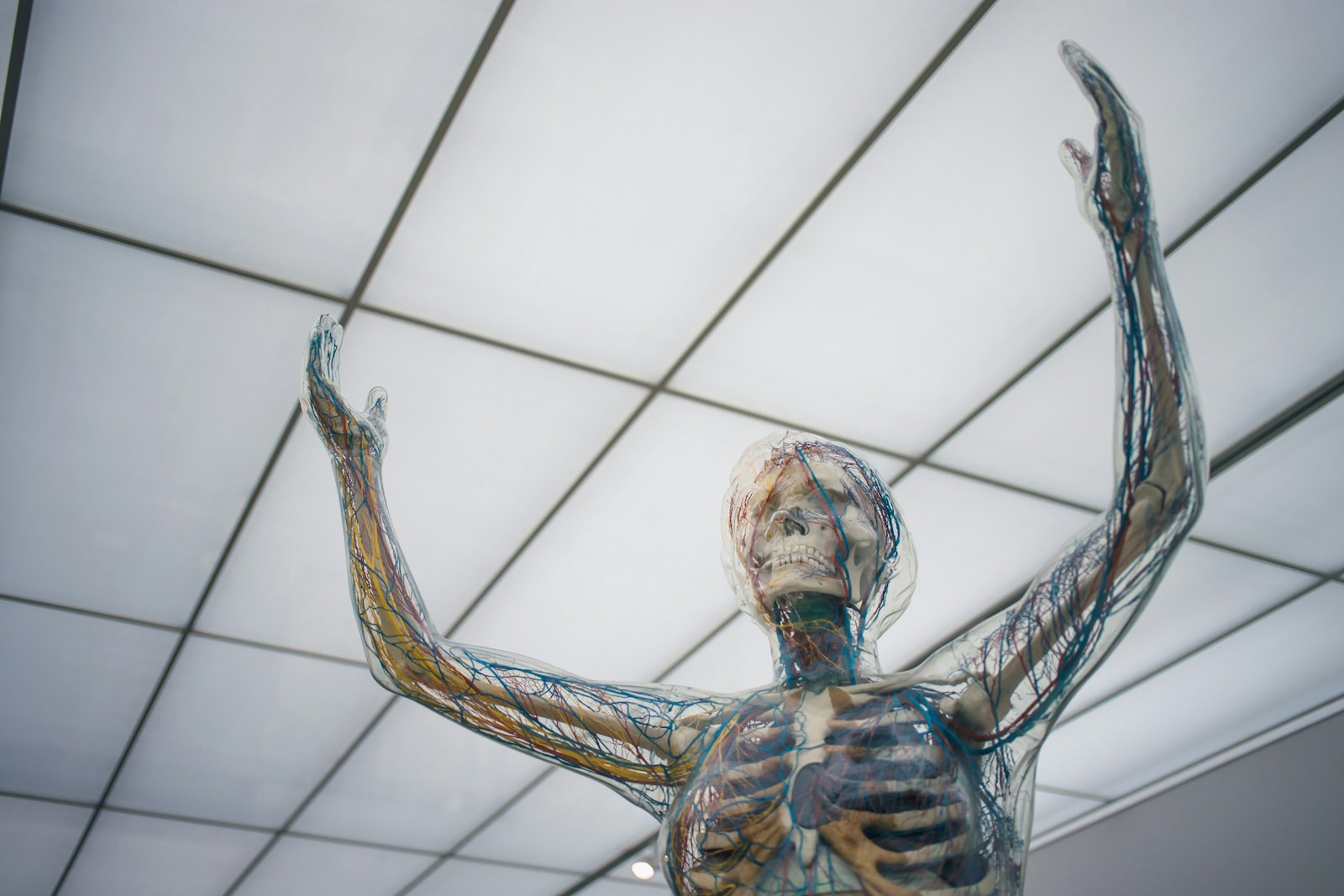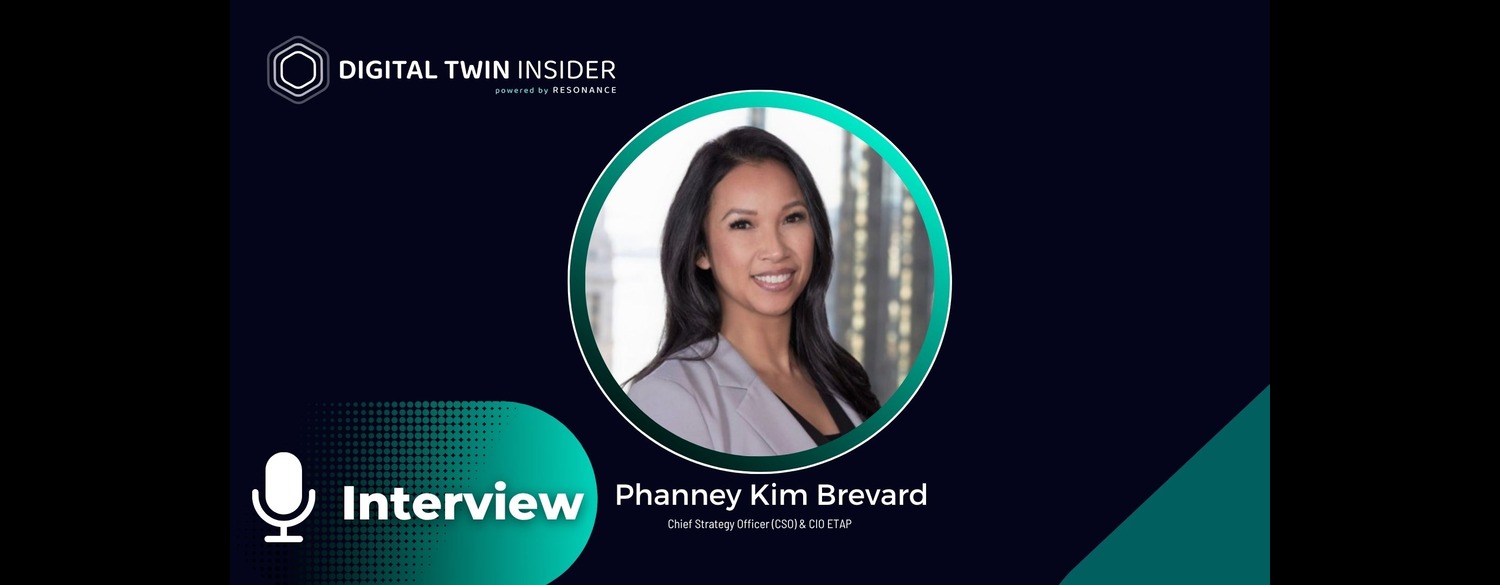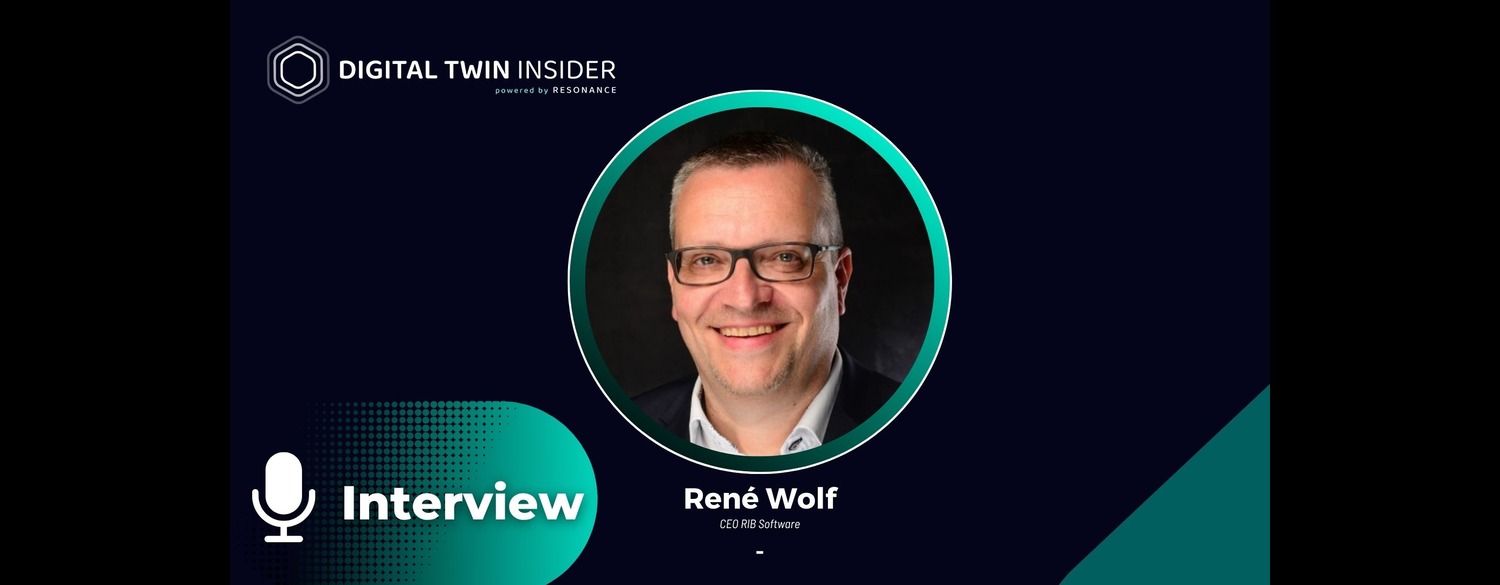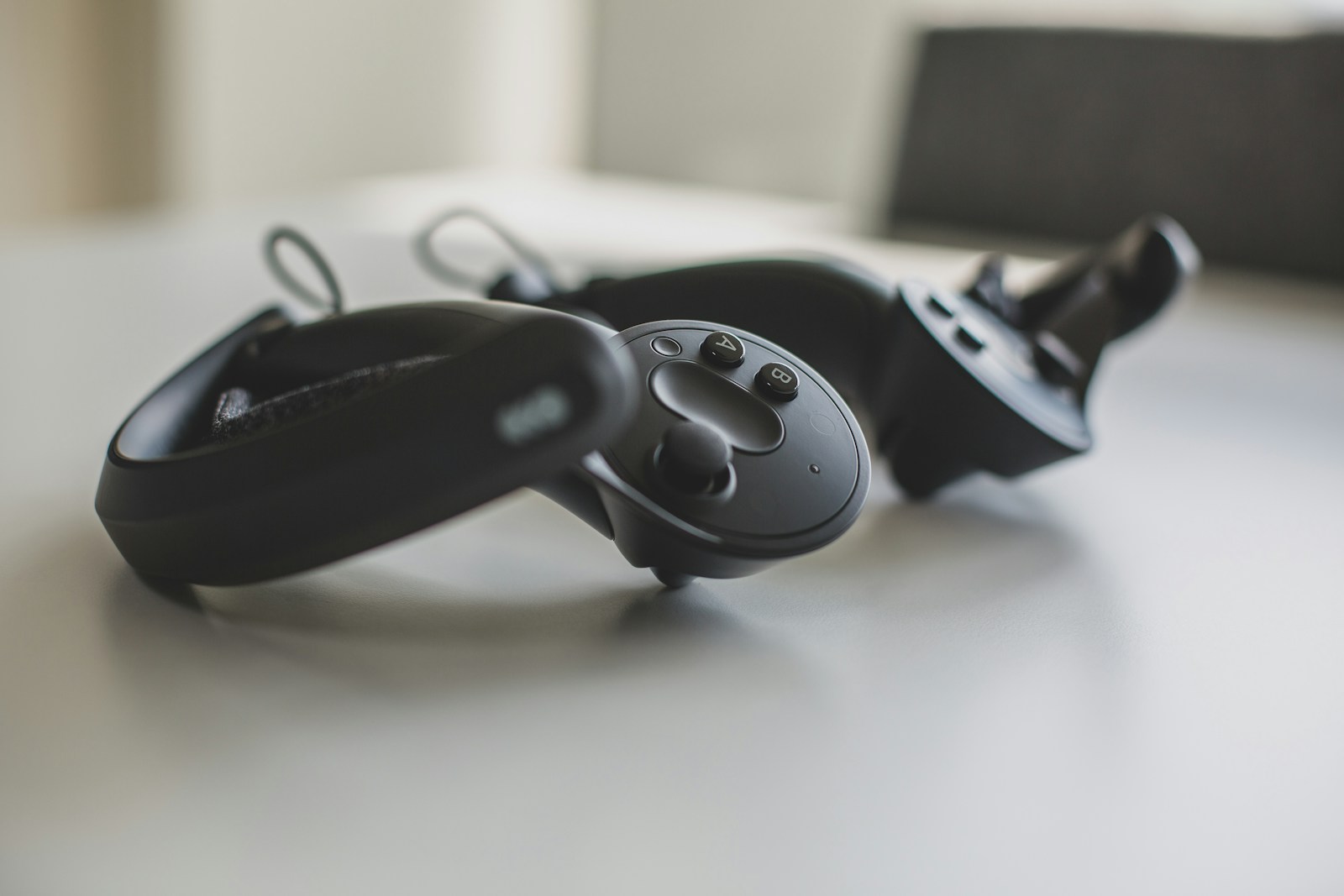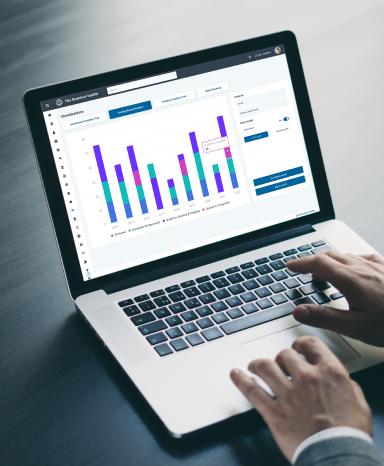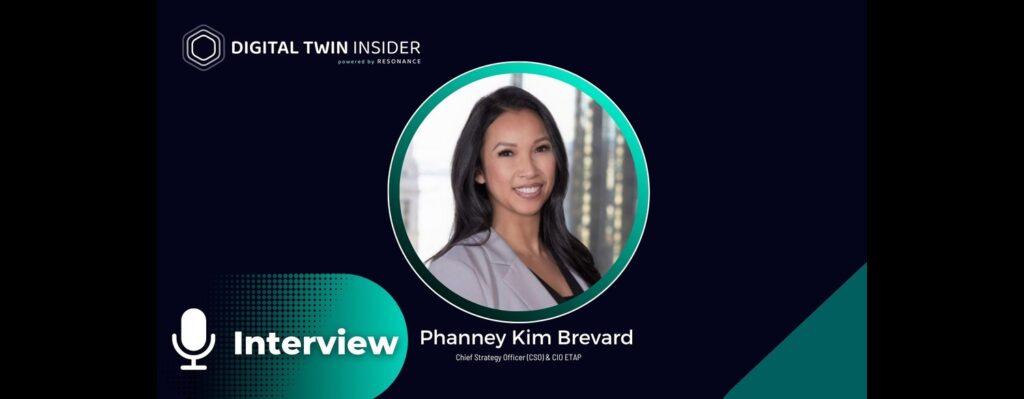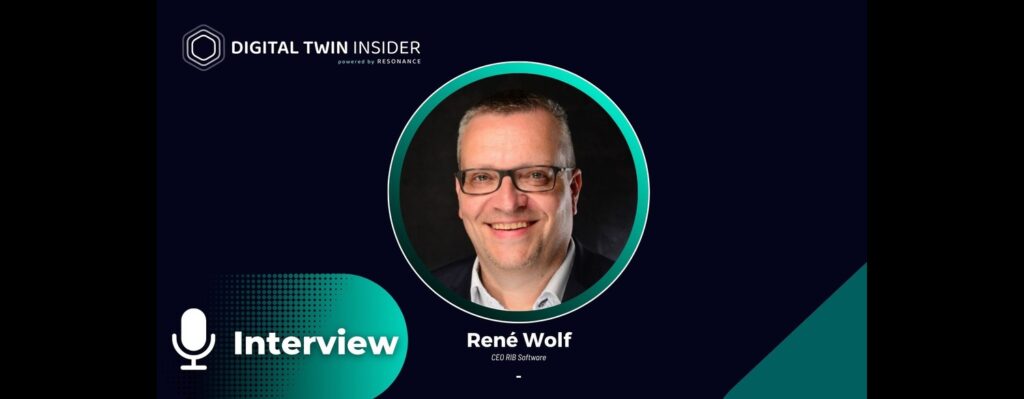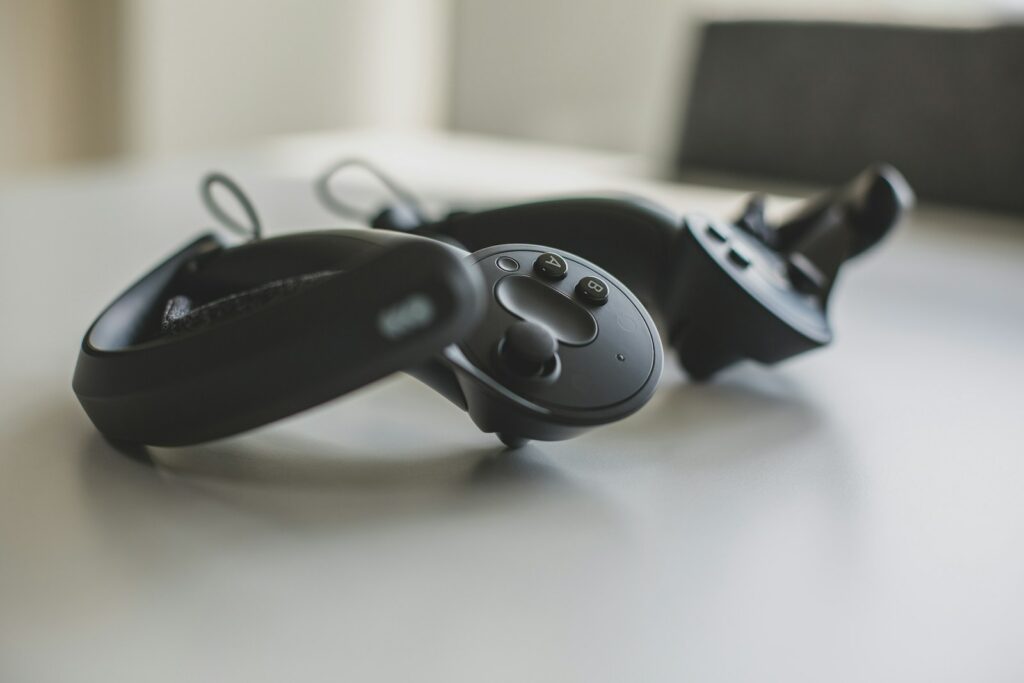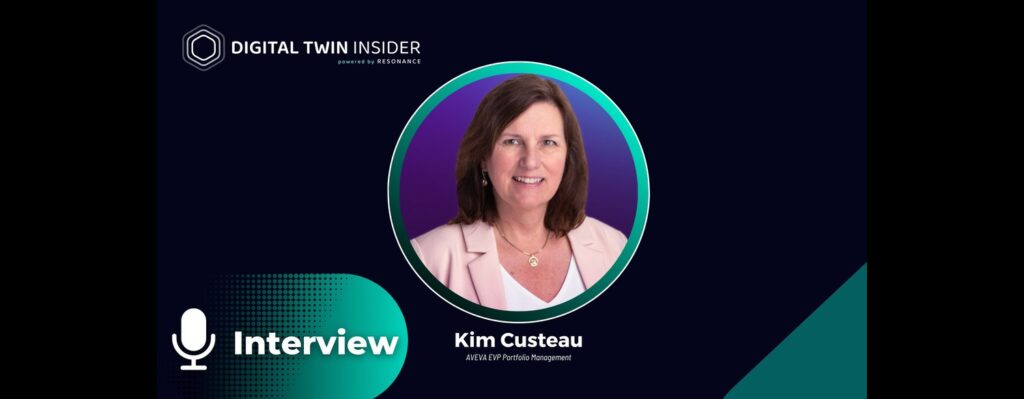According to a director at the European publishing giant Elsevier, digital twins may be able to simulate the entire human body digitally within the next decade.
In an interview conducted by a medical journal, The Medicine Maker, Olivier Barberan, Director of Translational Medicines Solutions at Elsevier, spoke at length regarding implementing digital twins in medical practice and their use cases.
According to Barberan, full-body digital twins may be used to simulate the human body and its processes within the next ten years. Still, due to a lack of data quality and quantity, this is not feasible, with a need for large amounts of accurate data for these twins to become a reality.

Barberan explains that currently, digital twins are focused on specific use cases such as drug adoption and that the development of twins should be geared towards these particular use cases.
All in all, digital twins have immense potential in shaping healthcare and medicine. The applicability of twins to simulate physical ailments and bodily functions makes them an invaluable tool in mitigating and preventing disease. For more information on the companies utilizing digital twins for medical purposes, check out our intelligence platform.
If you found this article to be informative, you can explore more current Digital Twin news here exclusives, interviews, and podcasts.
